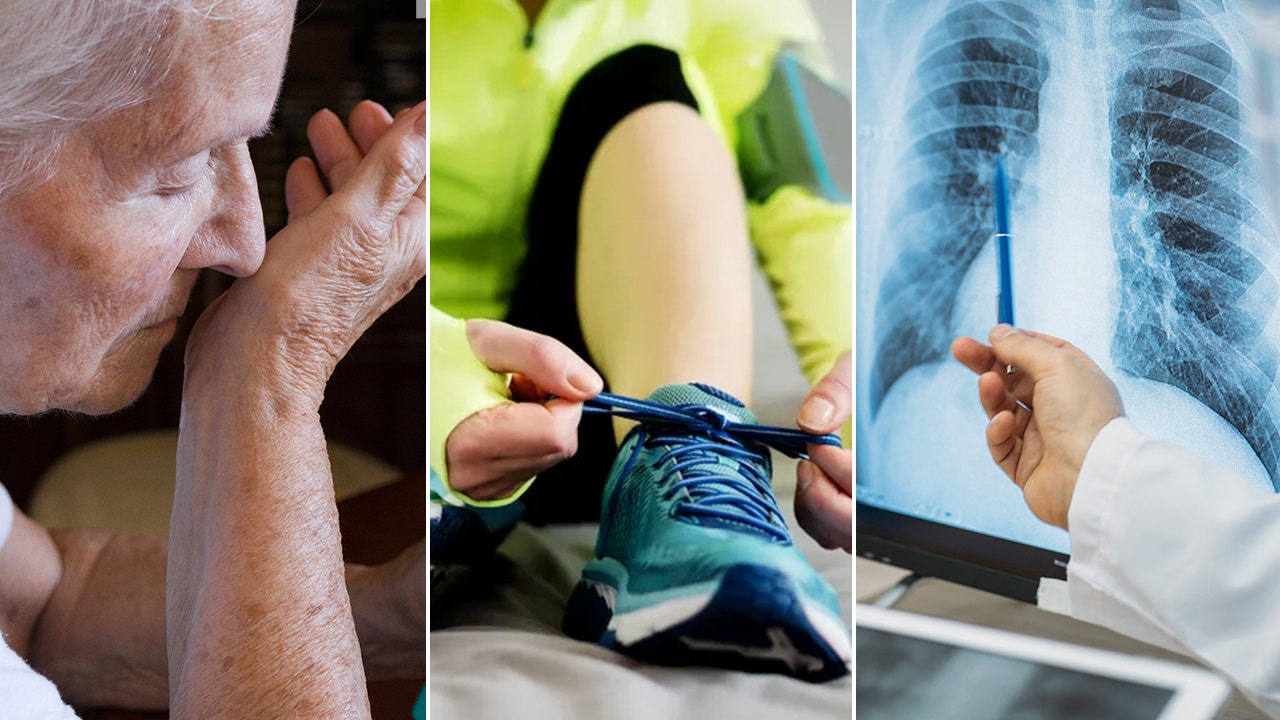Inhalation rooms in safe consumption sites could save lives, Alberta advocates say

Alberta’s seven supervised consumption sites lack something advocates say would save lives — a room where users can inhale drugs, with trained staff ready to intervene if someone ingests a poisoned batch that could kill them.
The sites in Grande Prairie, Edmonton, Lethbridge, Red Deer and Calgary only have space for people who inject drugs, leaving those who smoke and inhale substances out on the street.
Angie Staines, the licensed practical nurse who founded 4B Harm Reduction Society, an outreach group in Edmonton, said the majority of users that she and volunteers encounter are inhaling.
“I would say at least 80 per cent of the reversals we do are inhalation-based,” said Staines.
“Not a lot of people like injection. There’s a fear of the needles. It’s challenging to keep clean.”
Inhalation rooms in supervised consumption sites provide a space for people to smoke drugs. They are equipped with special ventilation to clear the room of smoke if staff have to enter in an emergency.
Alberta used to have inhalation rooms. The supervised consumption site in Lethbridge, run by a non-profit group named ARCHES, had two of them until it was closed by the United Conservative Party government in 2020.
The site was replaced with a mobile unit run by Alberta Health Services.
The AHS mobile site has far fewer booths, operates away from the downtown core, and lacks inhalation space.
The Alberta government remains cool toward the existence of supervised consumption sites, sometimes called overdose prevention sites. The province funds existing sites but has made no effort to expand them.
Instead the focus is nearly entirely on building 11 recovery centres.
Dan Williams, Alberta’s minister of mental health and addictions, refers to supervised consumption sites as “drug” consumption sites.
He talks about other forms of harm reduction, such as the Digital Overdose Response System or DORS, a smartphone app which summons emergency help if a user doesn’t respond to a timed prompt.
Hunter Baril, the minister’s press secretary, did not say if the province is looking at adding inhalation sites when asked by CBC News.
“As there may be significant costs associated with these proposals, this is something that would need to be evaluated by the ministry prior to moving forward,” Baril said in a statement.
Connecting to services
People who work in addictions say inhalation rooms are badly needed.
In Edmonton, Radius Community Health, formerly known as the Boyle McCauley Health Centre, runs a supervised consumption site that has approval from both the provincial and federal governments.
The site has five booths but can only accommodate injection drug users, even though the centre acknowledges there is a high demand for inhalation sites.
Executive director Trish Smith said Radius doesn’t have the funding or the space to construct a room with the ventilation required to keep staff safe though there have been some discussion.
Smith said people inhale substances outside the health centre building. Sometimes staff need to go outside and help someone.
An inhalation room would help reduce harm to users, and help connect them with other services ranging from health care to housing, Smith said.
“It’s not always just about the trajectory of their addiction,” she said. “It’s about other needs that they might have that they’re not getting access to.”
Saskatoon site has inhalation room
Saskatchewan is similar to Alberta in its current conservative politics and the provincial government’s opposition to a harm-reduction approach to the drug crisis.
A lack of government funding means Prairie Harm Reduction in Saskatoon operates solely on public donations and sales of merchandise. The site has had an inhalation room since it opened in 2020.
Executive director Kayla DeMong said the room has been well-used. According to the latest data, 324 people injected and 188 smoked inside the site during the month of April.
“A lot of the folks that access services often do both,” DeMong said. “A lot of them are choosing to smoke fentanyl. It’s an alternative if they’re having infections or issues with their veins.”
DeMong said the service saves money as staff can reverse overdoses when they happen. She said the site has had no deaths, and no calls to 911.
Prairie Harm Reduction is dealing with two factors affecting the services it offers. Demand is up, but donations are down. DeMong has reduced hours so staffing is consolidated during the day.
“We don’t know how long we can open it. We don’t know how long our staff will be employed,” she said. “None of that is predictable.”
The cut in hours comes at the same time demand has skyrocketed. DeMong doesn’t know what’s driving the sudden surge in demand. The centre is starting a survey this week to learn more.
Could be done quickly
Elaine Hyshka is an associate professor and Canada Research Chair in Health Systems Innovation at the University of Alberta School of Public Health.
She said illicit drug use has switched from injection to inhalation over the past five years yet consumption sites have not caught up.
Hyshka said there has been more than enough time to make the changes, especially as drug poisoning numbers keep increasing.
“I feel like this is a really obvious change that could be made in a relatively short period of time with relatively minimal investments that would immediately save lives,” she said.
“From a public health perspective, it’s long overdue.”
Angie Staines from 4B Harm Reduction worries about the users who have been hiding out since Edmonton police instituted their encampment sweeps in late December and early January.
Her team of volunteers, which includes social workers, physicians and nurses, continues to look for them in order to provide clean supplies, wound care, snacks, water and naloxone training.
Staines, whose work is inspired by her son’s battle with substance use — he has since recovered — said people need to bring humanity back to the issue. She said harm reduction measures such as access to an inhalation room could be the first step in someone’s journey to full recovery.
“We have to take politics out of something that should be something between a doctor and the patient,” she said.
“It comes down to just keeping people alive so they can make the decision that’s right for them the next day.”




